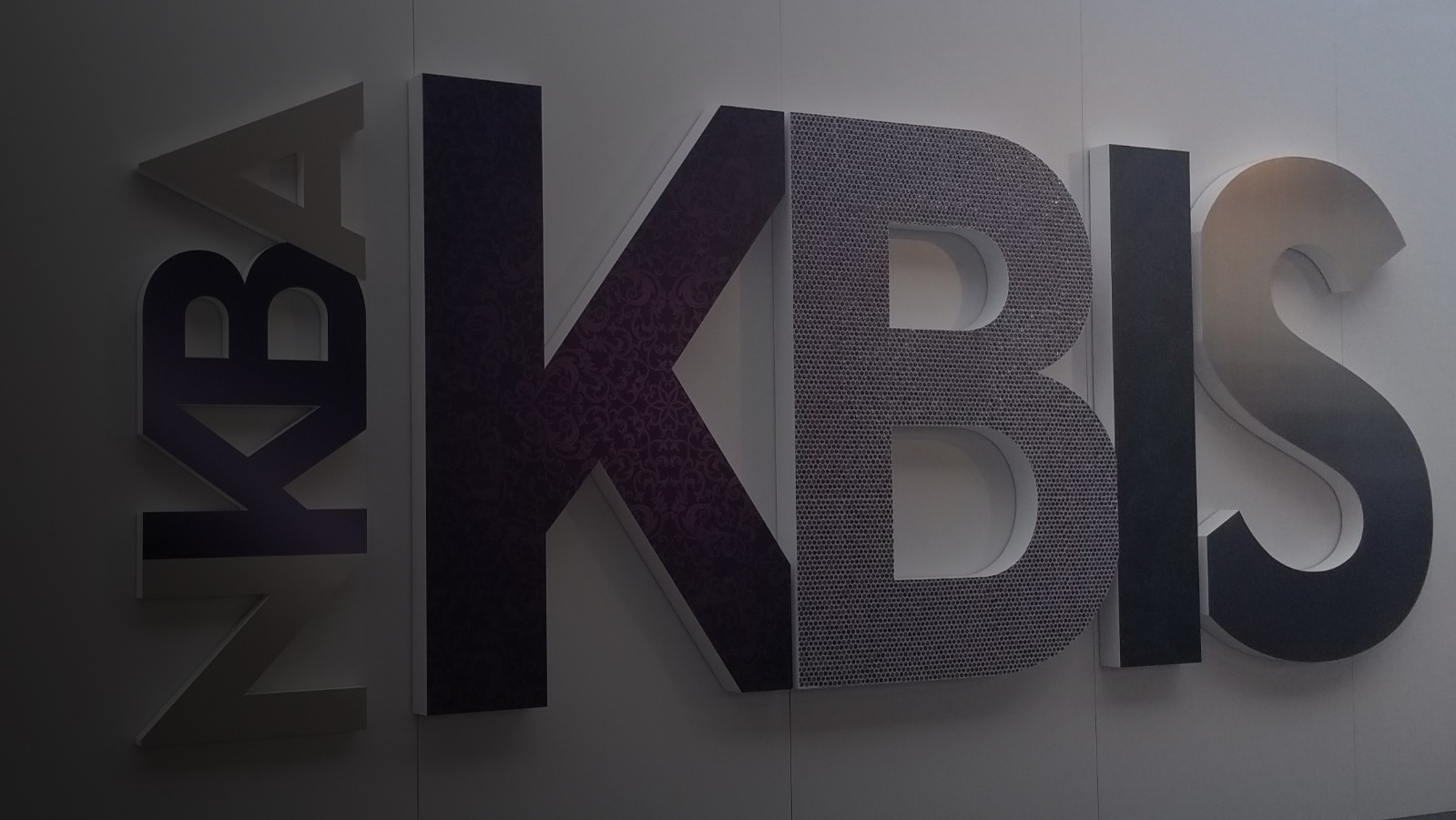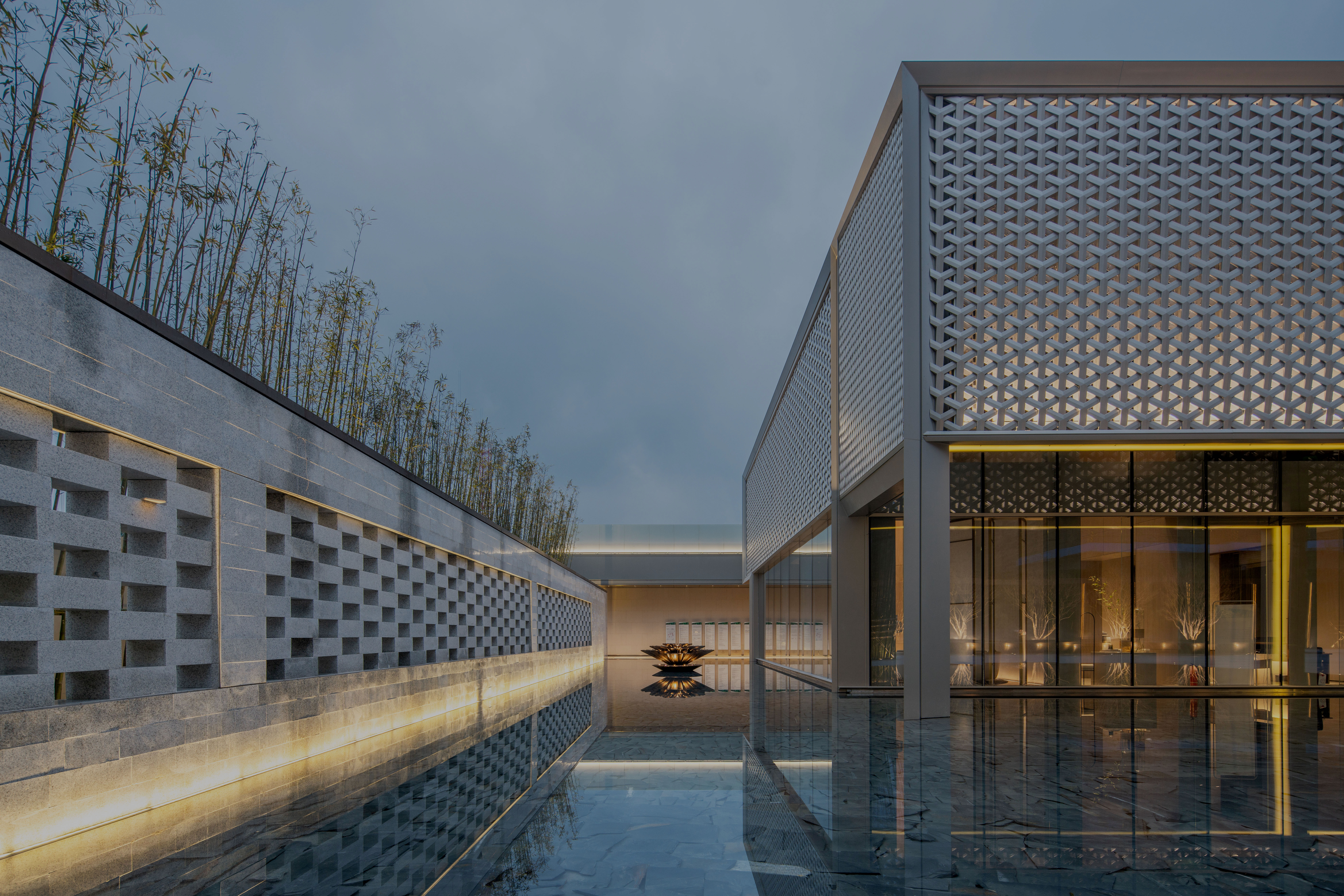Architizer’s inaugural One Rendering Challenge showcased some of the world’s best architectural renderings. The top winner in the Non-Student category was “Zoom to the Future” by Carlotta Cominetti, Tamás Fischer and Camelia Ezzaouini of visualization studio Virginlemon. This submission was awarded a grand prize of $2,500, along with pro rendering software from the likes of Chaos Group, Adobe Substance, Evermotion and Quixel.
“Zoom to the Future” tells the story of an elderly man resting his weary feet in the courtyard of his residence. However, it takes a futuristic turn by incorporating an odd alternative means of transportation that’s reminiscent of a thrill ride at an amusement park. The rendering seems to be in two time periods at once, one that is aged and in a state of gradual decay and one that is propelling swiftly into the future.
We caught up with one of the project’s creators, Carlotta Cominetti, to learn more about the inspiration, process and feelings on the success of this One Rendering Challenge-winning piece.
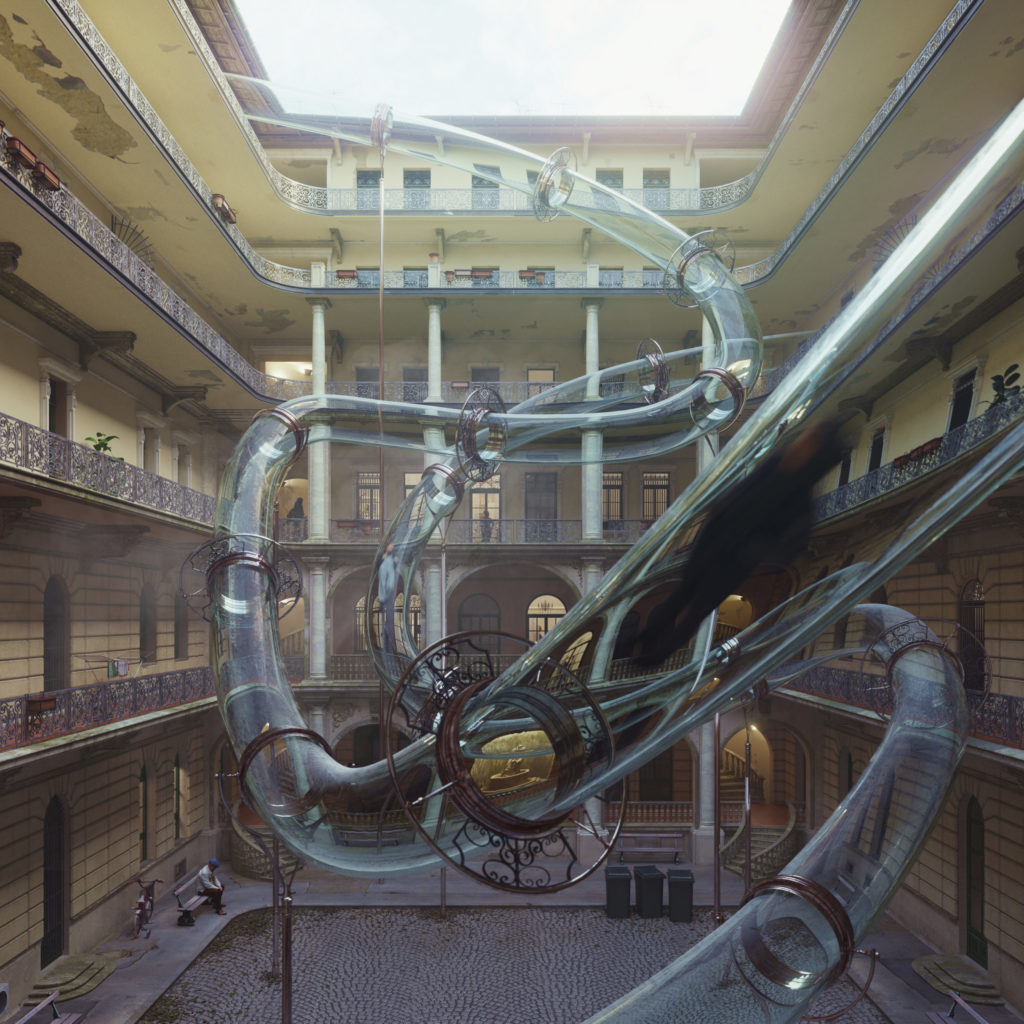
Nathaniel Bahadursingh: What were the primary challenges of conceiving your work, from forming the idea to the actual physical process of rendering?
Carlotta Cominetti: The primary challenge was to represent a “conflict of time”, finding the right balance between light and shadows, old materials and shiny futuristic shapes.
How did the process and workflow of creating this work compare to traditional architectural rendering practices?
Somehow the process was the opposite of a traditional architectural visualization workflow. From the beginning, we had quite a strong idea about the point of view and composition, but the architecture kept on changing during the process and took form gradually. In a usual rendering project, at Virginlemon, we model the project and surroundings first, then play with the view to find the most interesting compositions.
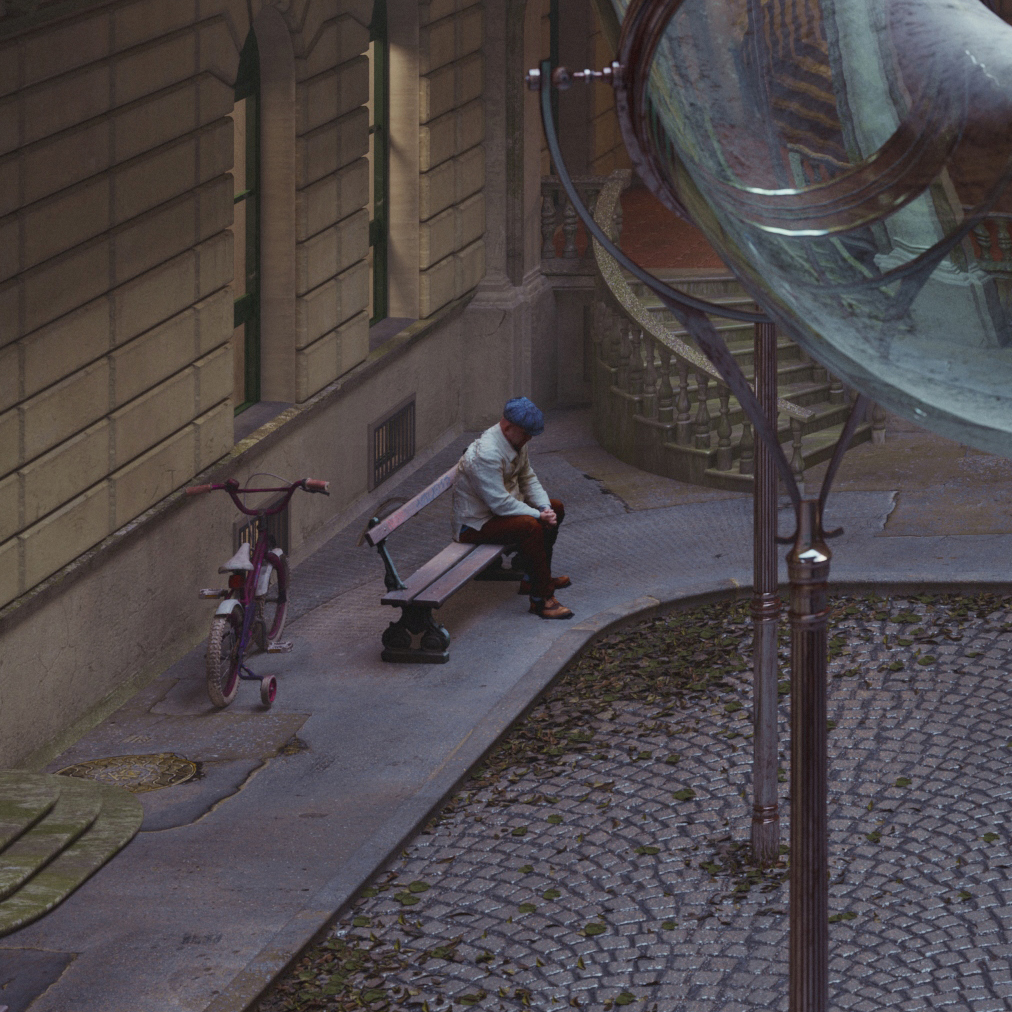
The resting old man and the decaying courtyard juxtapose the “ride” that flows through the space.
What connection does the theme of this project have to you and your experience?
We are always inspired by personal experiences and travels, by the beauty we find all around us. For this image, we chose Budapest as the main reference; we explored the way one lives in the city a little closer and focused our attention on the intimacy of a typical Hungarian building.
Do you have any other work as conceptual as this? If so, how does your previous work compare?
We do have similar work as conceptual as this one. They all have the same purpose of creating a different concept of reality, and aim to share a stronger message.
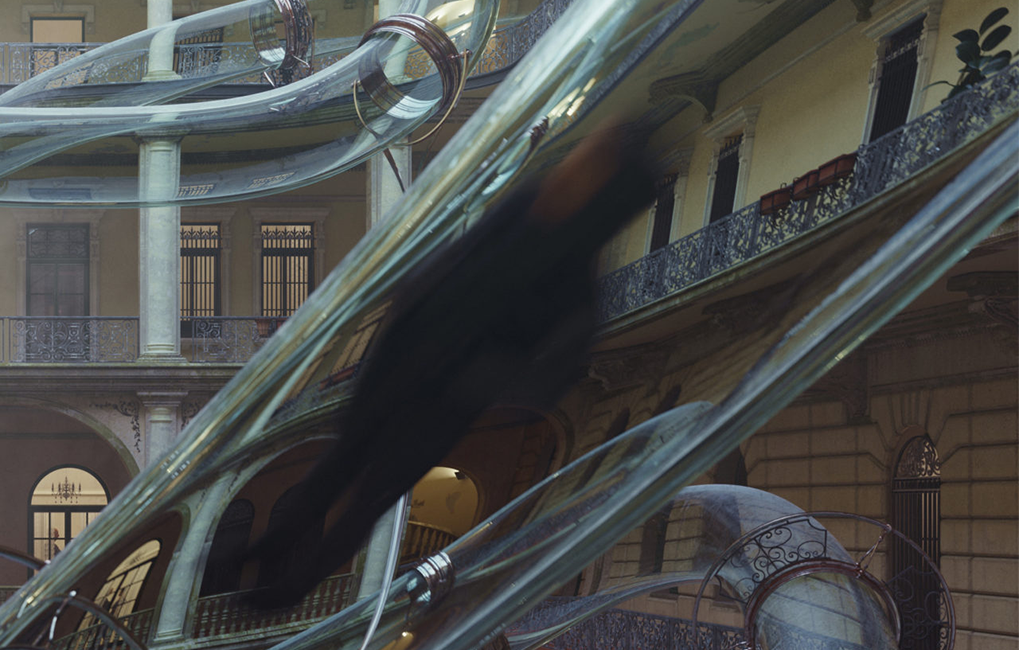
A passenger moving rapidly through the tube
What does winning the 2020 One Rendering Challenge mean to you?
It was a great surprise and we feel even more motivated for future projects!
What one tip would you give students and architects looking to win next year’s One Rendering Challenge?
First of all: have fun! Rendering is magical and architecture is always a place with a beautiful story to tell.

